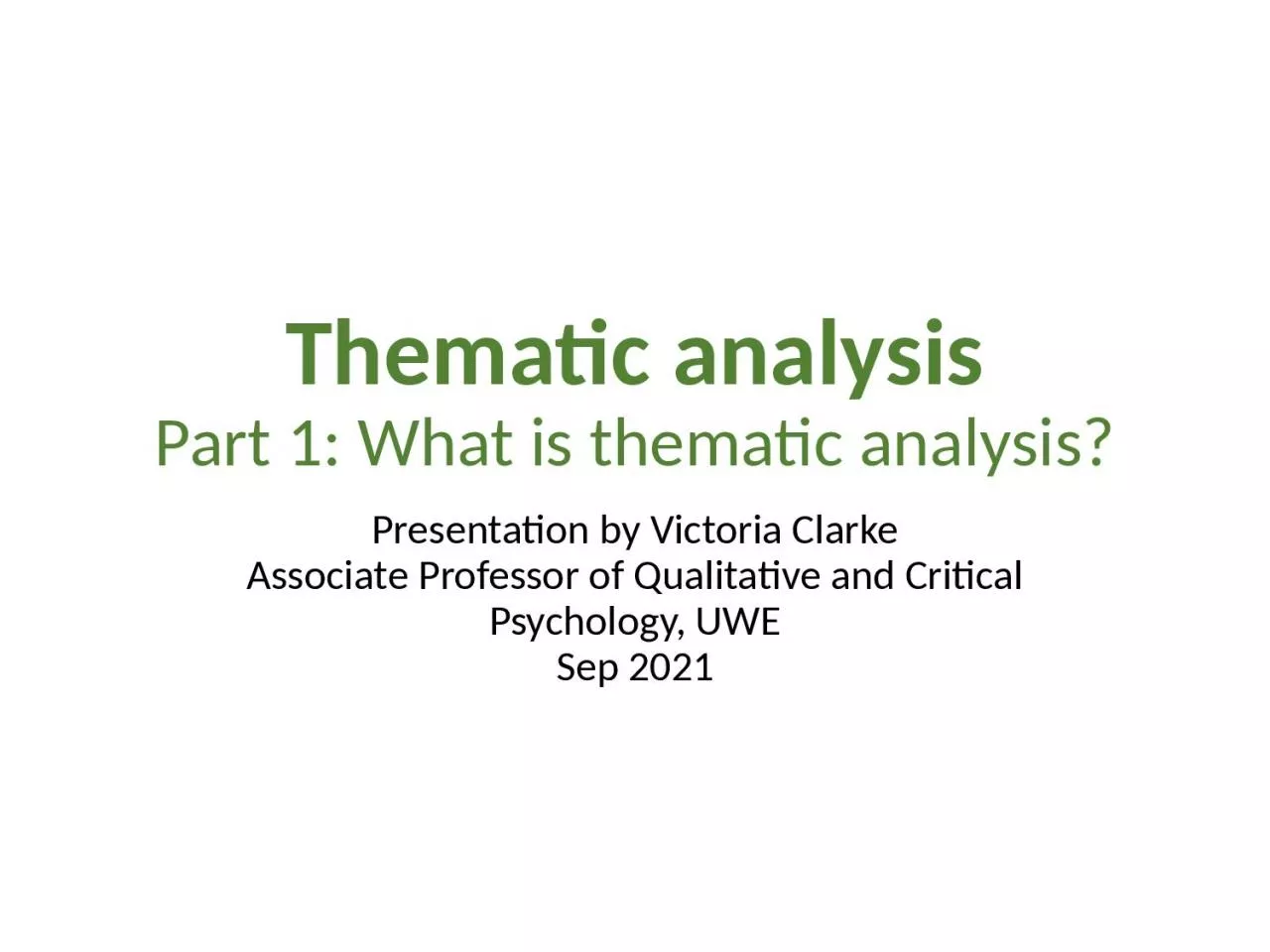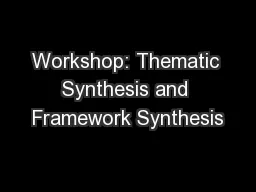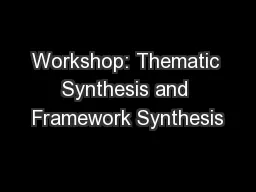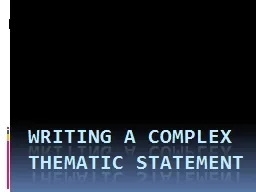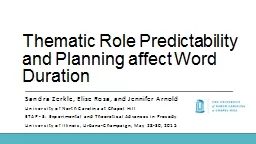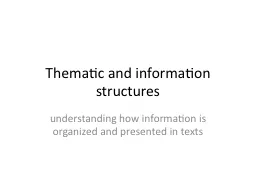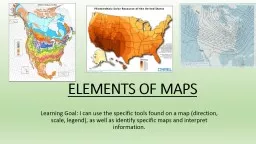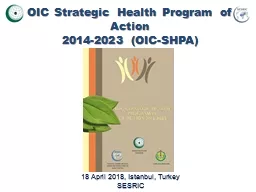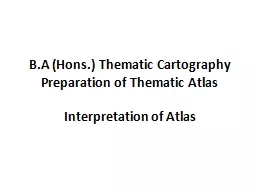PPT-Thematic analysis Part 1: What is thematic analysis?
Author : adah | Published Date : 2022-06-15
Presentation by Victoria Clarke Associate Professor of Qualitative and Critical Psychology UWE Sep 2021 PowerPoint slides from the Braun Clarke amp Hayfield Qualitative
Presentation Embed Code
Download Presentation
Download Presentation The PPT/PDF document "Thematic analysis Part 1: What is themat..." is the property of its rightful owner. Permission is granted to download and print the materials on this website for personal, non-commercial use only, and to display it on your personal computer provided you do not modify the materials and that you retain all copyright notices contained in the materials. By downloading content from our website, you accept the terms of this agreement.
Thematic analysis Part 1: What is thematic analysis?: Transcript
Download Rules Of Document
"Thematic analysis Part 1: What is thematic analysis?"The content belongs to its owner. You may download and print it for personal use, without modification, and keep all copyright notices. By downloading, you agree to these terms.
Related Documents

